Tosca
Giacomo Puccini
Opera in three acts
Libretto: Luigi Illica, Giuseppe Giacosa based on the play by Victorien Sardou
World premiere: 14 January 1900, Rome
Premiere of this production: 23 February 2019, Teatr Wielki – Polish National Opera
In the original Italian with Polish surtitles
Please note that certain seats in the Gallery may have restricted view of the surtitles.
Arias: the public flocks to the opera precisely for these eruptions of collective ecstasy of recognition. Tosca is structured like an ideal love act, with tension growing for two acts and culminating in E lucevan e stelle, one of the most beautiful moments in the history of opera, so deeply ingrained in the collective (sub)conscious that it seems everyone knows it. Apart from great talent, Puccini had the ability to make his music very evocative. Hearing Caravadossi in his death cell longingly reflect on the beauty of the world he needs to leave behind, it is not hard to get emotional and the public often applauds the singer in an instinctive expression of grateful delight. In 2016 the famous tenor Jonas Kaufman fired the enthusiasm of the audience gathered at the Viennese Staatsoper so much that they interrupted the performance with a long ovation, forcing the artist to perform an encore. Deadly offended, the soprano singing the role of Tosca, Angela Gheorgiu, emerged onstage to continue her performance only after desperate pleadings of the director. Barbara Wysocka’s Tosca is set in the 1970s, the Years of Lead, the period of terror in Italy. Will it stir up the same degree of emotion?
-
Time is measured by
-

Cast
Credits
Chorus and Orchestra of the Teatr Wielki – Polish National Opera
Władysław Skoraczewski Artos Boys’ Choir
Synopsis
Sponsors
-
Partnerzy Akademii Operowej
-
Partnerzy Teatru Wielkiego - Opery Narodowej
-
Patroni medialni
-
Partner wydarzenia
-
Partners of the Opera Academy
-
Partners of Teatr Wielki – Polish National Opera
-
Media patrons
-
Partner of the event
-
Partner of the reception






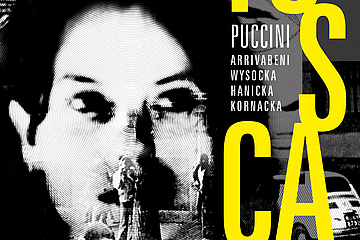
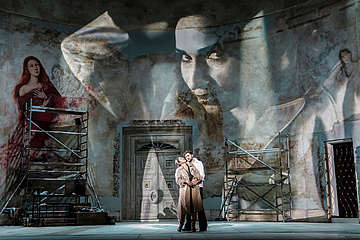
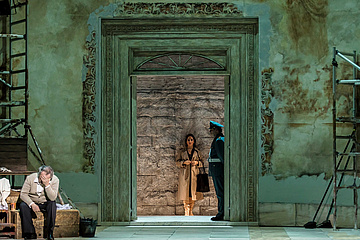
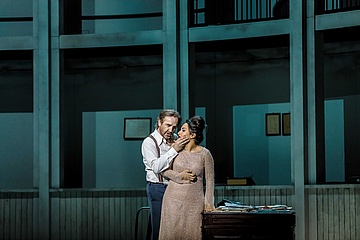
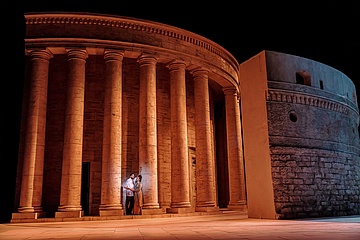
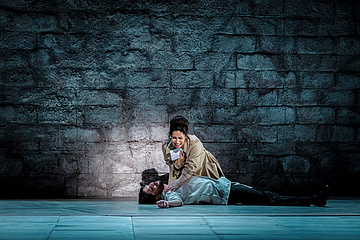
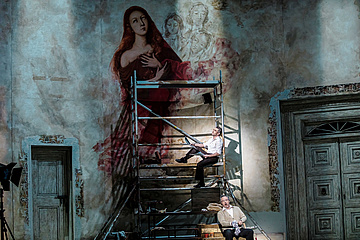
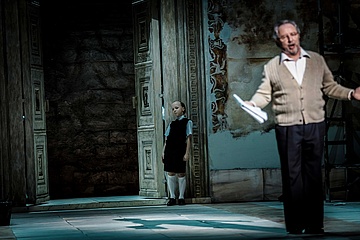
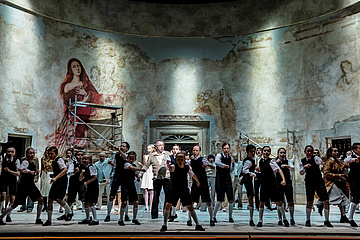
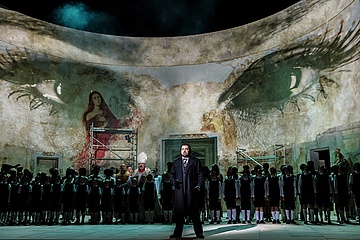
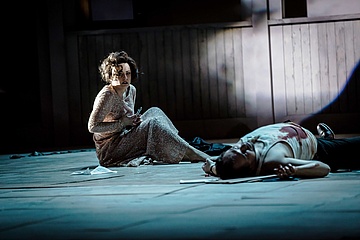
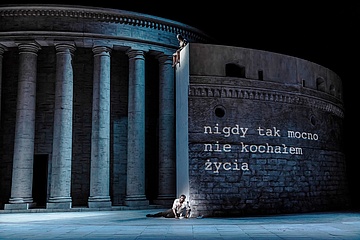
 Ewa Vesin
Ewa Vesin  Mickael Spadaccini
Mickael Spadaccini  Krzysztof Szumański
Krzysztof Szumański  Jasin Rammal-Rykała
Jasin Rammal-Rykała  Dariusz Machej
Dariusz Machej  Mateusz Zajdel
Mateusz Zajdel  Adam Kruszewski
Adam Kruszewski  Hovhannes Ayvazyan
Hovhannes Ayvazyan  Mikołaj Zalasiński
Mikołaj Zalasiński  Zoya Tsererina
Zoya Tsererina ![[Translate to English:]](/fileadmin/media/img/ludzie/dyrygenci/patrick_fournilier_fot_arch_artysty_-_kwadrat.jpg) Patrick Fournillier
Patrick Fournillier  Barbara Wysocka
Barbara Wysocka ![[Translate to English:] Barbara Hanicka [Translate to English:] Barbara Hanicka](/fileadmin/_processed_/0/b/csm_Hanicka-700_6f4f44da3d.jpg) Barbara Hanicka
Barbara Hanicka  Julia Kornacka
Julia Kornacka ![[Translate to English:]](/fileadmin/_processed_/1/9/csm_Jacek_Przybylowicz_370cb_ad43bcef0c.jpg) Jacek Przybyłowicz
Jacek Przybyłowicz  Marc Heinz
Marc Heinz  Lea Mattausch
Lea Mattausch  Mateusz Stępniak
Mateusz Stępniak  Mirosław Janowski
Mirosław Janowski 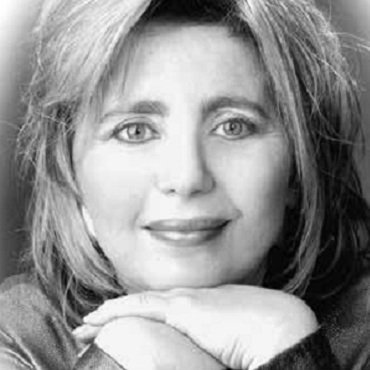 Danuta Chmurska
Danuta Chmurska 








